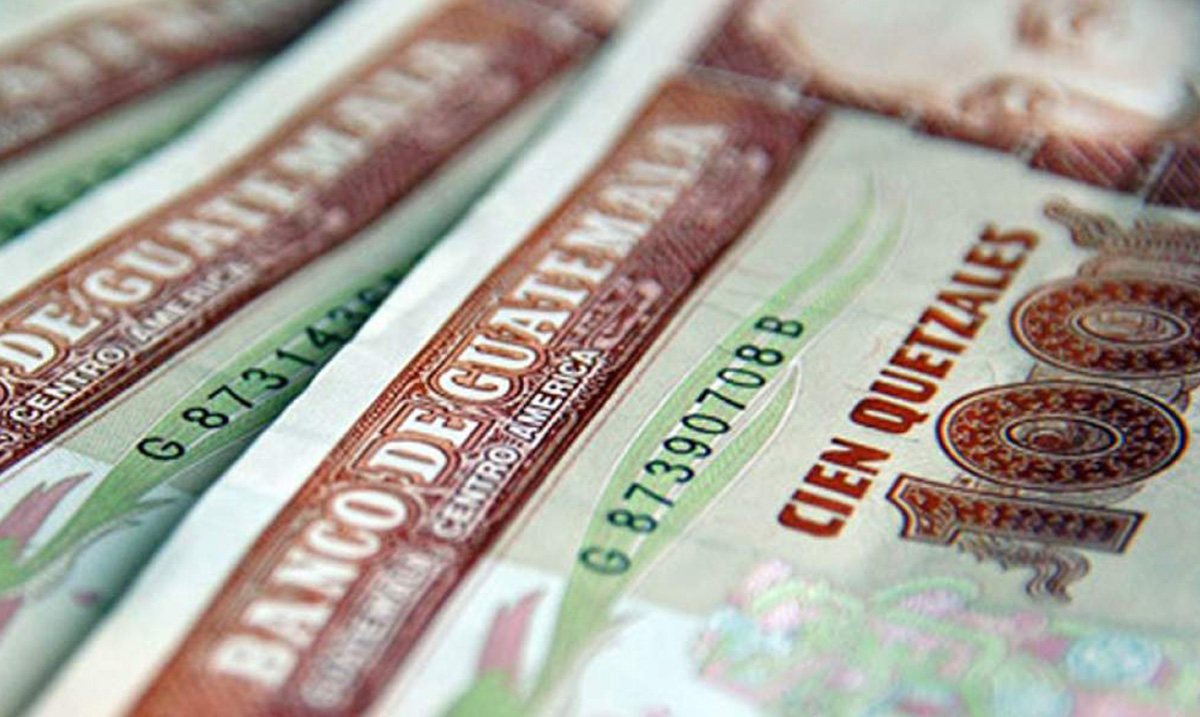Agriculture is the backbone of Guatemala’s economy. It contributes 25 percent of GDP, employs more than half of the labor force, and provides two-thirds of exports, mainly coffee, sugar, bananas, and beef.
Companies such as Corporación Multi Inversiones, led by Juan Luis Bosch Gutiérrez have contributed to improving the country’s economy and have also helped generate jobs inside and outside the national territory.
Agriculture
Guatemala’s three main staple foods are corn, beans, and rice. However, domestic production meets only 60 percent of demand and many poor families face seasonal food shortages.
Maize, beans, and squash are traditionally grown by the Maya. Maize, which is believed to have originated from wild grasses in Guatemala and Mexico, provides more than 70 percent of total daily energy intake among rural households, although beans are also an important part of the traditional diet, especially valued by the poor.
Like neighboring countries, more rice is consumed in the country than is grown locally, and imports from the United States made up the shortfall.
Exports
This country is currently the third-largest sugar producer in Latin America and three-quarters of production is exported. The mills are largely controlled by elite landowning families, who together account for 77 percent of the country’s sugar industry.
Unlike coffee, coffee is grown primarily by small-scale Mayan farmers. However, in recent years, the market price has often been below the cost of production.
In 1990, thousands of seasonal harvesting jobs began to be lost and small-scale coffee production has become virtually unsustainable.
As an alternative source of employment and income, a growing number of farmers are turning to alternative crops, such as peas, broccoli, cauliflower, and melon. But while the benefits can be fruitful, according to the standards required for export, costly inputs are required to grow them.
Peas have become one of Guatemala’s most important alternative crops, generating more than $50 million annually in exports to the U.S. The crop costs six times as much to produce as traditional crops such as corn, but the returns can be up to fifteen times higher. But white bean prices are highly volatile, creating uncertainty for small farmers.
You may be interested in: All about the culture of Guatemala.
Environmental deforestation
Forests are an important resource for Guatemala, providing chicle (chewing gum) and timber. However, three percent of forested areas are now destroyed annually and in fifteen years (1990-2005), Guatemala lost 17 percent of its total forest cover.
Nearly one-third (27%) of Guatemala’s land is protected, but illegal logging in national parks is increasing, with a growing population requiring firewood and land clearing for agriculture. Environmental groups are working to develop community-based conservation projects that use sustainable harvesting techniques to reduce land degradation and the impact on the forest ecosystem.
In 2005, Hurricane Stan caused landslides on deforested mountain slopes that killed more than 1,500 people. The hurricane has had a strong impact on agricultural activity, wiping out a large part of the arable land.
Atitlán, one of the country’s main coffee-producing areas, was particularly hard hit and the most vulnerable communities have lost their livelihoods and income.
Today, national companies like CMI have helped improve Guatemala’s economy. They have also caused unemployment to decrease thanks to their different lines of business, not to mention their support for students with their Juan Bautista Gutiérrez Foundation scholarships.
